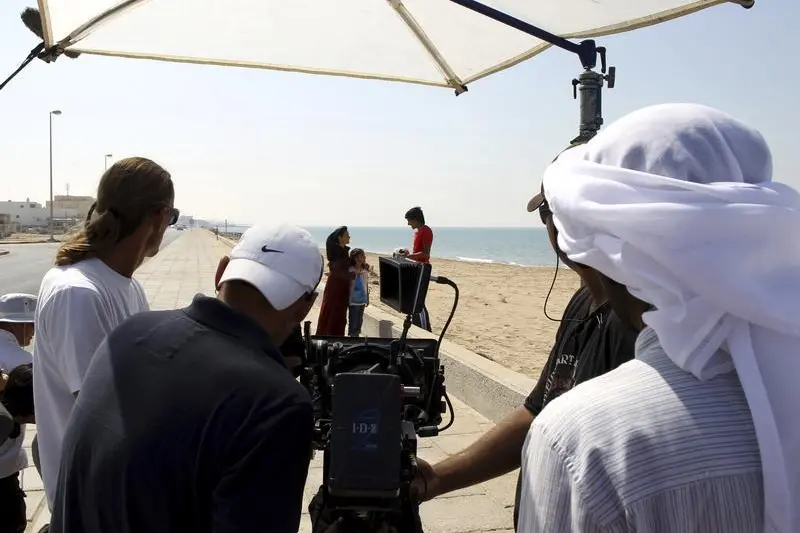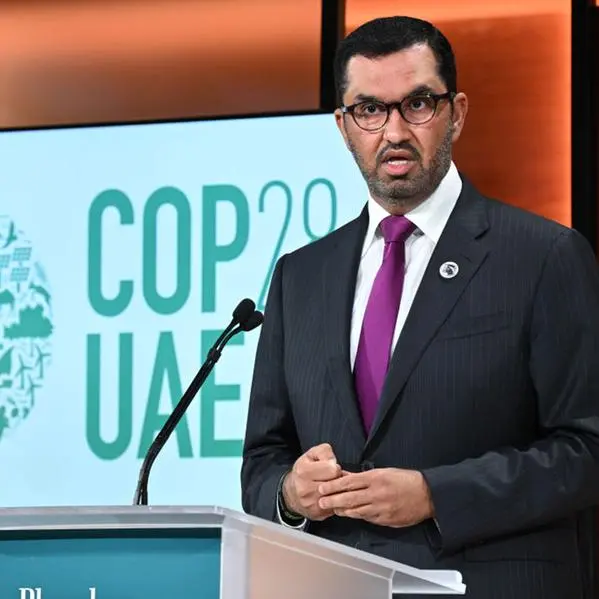PHOTO
Ras Al Khaimah saw its tourism industry hit a high note in 2014, with revenues surpassing Dh1bn ($242.9m), bolstered by the addition of new rooms and a rise in the number of hotel nights spent by visitors in the emirate.
As the government intensifies efforts to develop and promote the tourism sector, in line with Sheikh Saud Bin Saqr Al Qasimi's long-term vision for economic diversification, the sector is hoping to attract an increasingly wide range of regional and global visitors.
At the same time, budget carrier Air Arabia launched intra-GCC services to RAK International Airport (RIA) from May 2014, while the emirate's flagship Al Marjan Island development witnessed a surge in new hotel rooms opening throughout the year.
Although the strengthening dirham and an anticipated decline in Russian visitors may pose a challenge to industry expansion in 2015, rising levels of British and regional visitors should help to counter the impact, keeping the emirate's long-term tourism targets on track in 2015 and beyond.
Revenues and guest nights riseThe RAK Tourism Development Authority (RAK TDA) said in February that tourism revenues rose 44% in 2014, while the total number of nights spent by guests in the emirate grew by 72% from 2013 to reach 2.14m. The robust growth continued in the first quarter of 2015 with revenue up 26% year-on-year (y-o-y).
Growth was supported by dozens of hotel facilities opening last year, including the 655-room Rixos Bab Al Bahr Resort, the 315-room Marjan Island Resort and Spa, and Double Tree Hilton's 484-room resort and spa, also on Marjan Island. The addition of these hotels saw the emirate's total supply of hotel beds rise by two-thirds between September 2013 and September 2014 to reach 5000. The up-and-coming Marjan Island, a cluster of four man-made islands extending 4.5km into the Gulf, is also expected to raise the emirate's international tourism profile.
In addition, RAK signed a deal with Marriott International in May, which will see the construction of a new 5-star luxury beach-front hotel that is expected to open in 2019.
Top visitor markets include the UAE, Germany, Russia, the UK, India, Ukraine and Italy in the first six months of 2014, although total visitor numbers dropped substantially in the period, falling from 577,900 in the first half of 2013 to 330,048 in the same period the following year. This was largely attributed to the effect of a weak rouble, resulting in fewer Russian tourists to the emirate. Despite this, tourist spending rose by 40% to reach $118.7m during the same period, according to media reports.
Growth strategyWithout the significant hydrocarbons of many of its neighbours in the region, the RAK government has turned to industry, tourism, health and education in order to develop diversified economic growth.
The emirate has seen its tourism sector soar since the RAK TDA was established in 2011, with the authority most recently setting a target of an additional 1000 hotel rooms by 2017, the new CEO of the RAK TDA, Haitham Mattar, said in a statement in May.
One factor which has helped tourism arrivals in recent years is the emirate's affordable luxury, which has given it a considerable advantage in an increasingly competitive market. Dubai's Tri Hospitality Consulting reported that hotel rates in RAK averaged $175 per night in March 2014, compared to over $350 in Dubai.
New visitors and marketsGiven a slowdown in Russian arrivals - with the Russian rouble falling by about 40% against the US dollar in 2014 - operators are looking to new visitor markets. Tourism operators have highlighted the relatively untapped European markets of the Czech Republic, Serbia and Romania, as well as Central Asian markets such as Kazakhstan and Uzbekistan. The UK is also a key target market, with visitor numbers rising by 239% in 2014 y-o-y to 131,054, making it RAK's fourth-largest visitor market, according to RAK TDA.
Meanwhile with regional visitors representing the emirate's largest tourism base, service expansion at RIA airport will help the emirate support long-term visitor growth. Air Arabia launched its RAK hub in May last year, its second hub in the UAE, with the airline now offering 10 destinations including Jeddah, Cairo, Muscat, Doha and Islamabad. It noted in February, at the launch of its 10th new destination to Kathmandu, that new routes are planned.
© Oxford Business Group 2015











